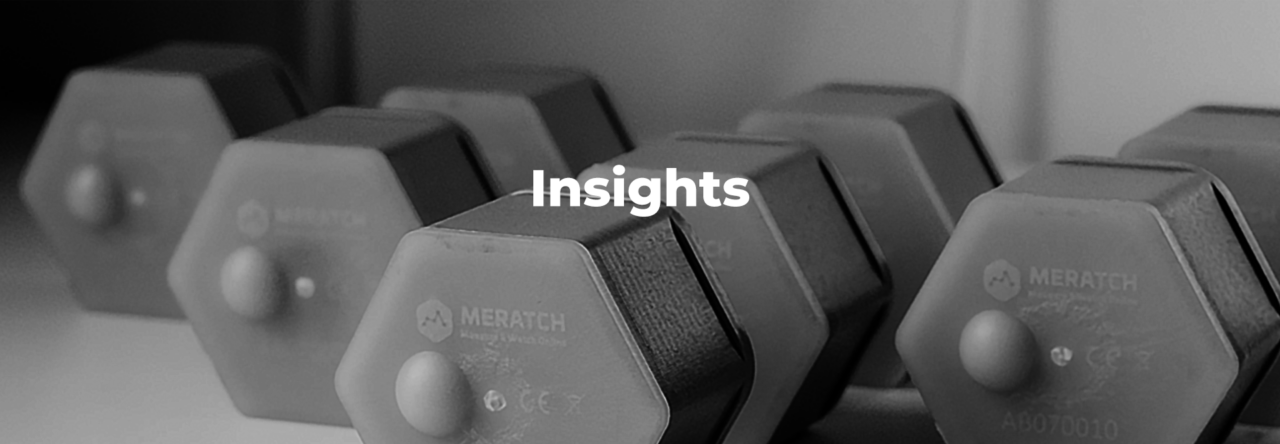As global temperatures rise, so does the urgency of addressing water scarcity, a pressing issue that affects every continent. Currently, four billion people—almost two-thirds of the world’s population—experience severe water scarcity for at least one month each year, with 1.2 billion living in areas of physical water scarcity and 1.6 billion facing economic water shortages due to inadequate infrastructure. The demand for freshwater has been growing at more than twice the rate of population increase over the last century, leading to chronic shortages in many regions. By 2025, it is projected that two-thirds of the global population will face water shortages, highlighting the critical need for innovative solutions and sustainable management practices.
At MERATCH, we are inspired by global efforts to tackle this crisis. Our IoT-based sensors are designed to monitor and manage water flow and levels, providing real-time data that can significantly enhance water management strategies. In this article, we will explore groundbreaking initiatives from around the world that exemplify innovative approaches to water scarcity, demonstrating how technology and human ingenuity can pave the way for a more sustainable future.
Harvesting the Skies in Chile and Morocco (1)
Picture this: arid regions with scarce rainfall but plenty of fog. It seems like a cruel joke played by Mother Nature, right? But humans, ever adaptable, have learned to “harvest” water from fog using large mesh nets that look like gigantic spider webs. As the fog rolls in and condenses on these nets, it drips into collection troughs. Voila! fog nets in Chile and Morocco have been shown to capture up to 7,000 liters of water per day in optimal conditions, providing a sustainable source of clean water for arid communities. Now, imagine coupling such innovation with real-time IoT monitoring to further enhance water management. The possibilities are vast.
Glacier Grafting in India (2)
In the region of Ladakh, India, winter is no time for rest; it’s a time to innovate. Civil engineer Chewang Norphel, dubbed the ‘Glacier Man’, began a unique project in the 1980s, constructing artificial glaciers. His method: divert water from rivers during winter and store it as ice in the shadows of mountains. As spring arrives, the glacier slowly melts, providing an invaluable water supply for irrigation. An IoT system, like the ones we at MERATCH develop, could further refine this process, ensuring optimal water distribution during those critical periods.
Greenhouses of the Sea in Australia (3)
South Australia might not be the first place you think of when it comes to fertile farmland. However, Sundrop Farms has reimagined this desert terrain into a thriving oasis, using seawater to nurture crops. The seawater is evaporated to create a humid environment where crops can flourish, and then it’s condensed back into fresh water. It’s the circle of life, with a salty twist. Integrating IoT could allow for precise monitoring of water levels, ensuring sustainable farming practices.
Ancient Innovations in Iran (4)
Sometimes, the old ways truly are the best ways. Iranians have employed a system of wells and tunnels known as Qanats for over 3,000 years to distribute water across arid regions. This gravity-powered method transports water from mountain aquifers to lower-lying farms or villages. It’s a testament to human innovation. Now, consider the blend of this ancient marvel with modern IoT devices, providing real-time data on water flow and usage. It’s where the past meets the future.
Rains of Renewal in the Netherlands (5)
For the Dutch, rain isn’t a mere inconvenience; it’s an opportunity. The Netherlands has crafted the Rainwater Buffering (RainGain) project to manage excess rainfall. This brilliant system collects rainwater, purifies it, and then stores it in underground aquifers. When drier days loom, this stockpiled water becomes a vital resource, ensuring water security for the region.
While these solutions span continents, the potential integration of IoT, like MERATCH’s specialized devices, can amplify their impact. From managing underground water resources to predicting floods, real-time data can revolutionize how we approach water scarcity and water management globally.
As we face an increasingly water-scarce future, global collaboration will be essential. The challenges posed by water scarcity are not confined to any single region; they are a shared concern that requires a united response. By learning from successful initiatives and leveraging technology, we can enhance our collective ability to manage water resources sustainably.
______________________________________________
Resources:
- https://edition.cnn.com/2016/11/18/africa/fog-catchers-morocco/index.html
- https://science.howstuffworks.com/environmental/green-science/climate-change-kaskawulsh-glacier-river.htm
- https://gca.org/the-australian-farm-producing-tomatoes-with-seawater-and-sunlight-but-no-soil/
- https://www.eavartravel.com/blog/2023/5/8/130631/qanat/
- https://cordis.europa.eu/article/id/125226-dutch-aquifers-bank-rainwater-to-help-farmers-avoid-going-bust


Leave a Reply